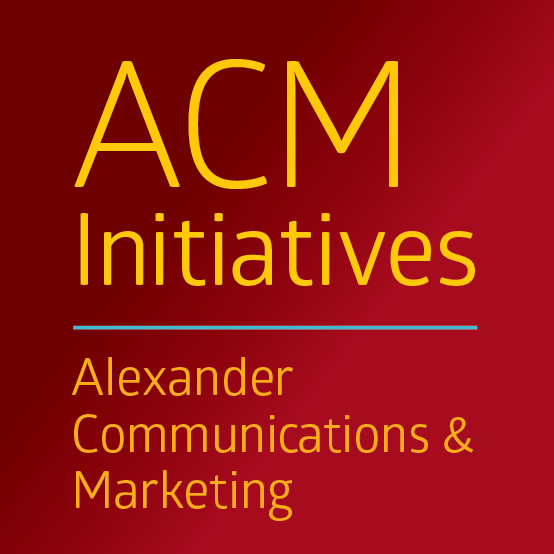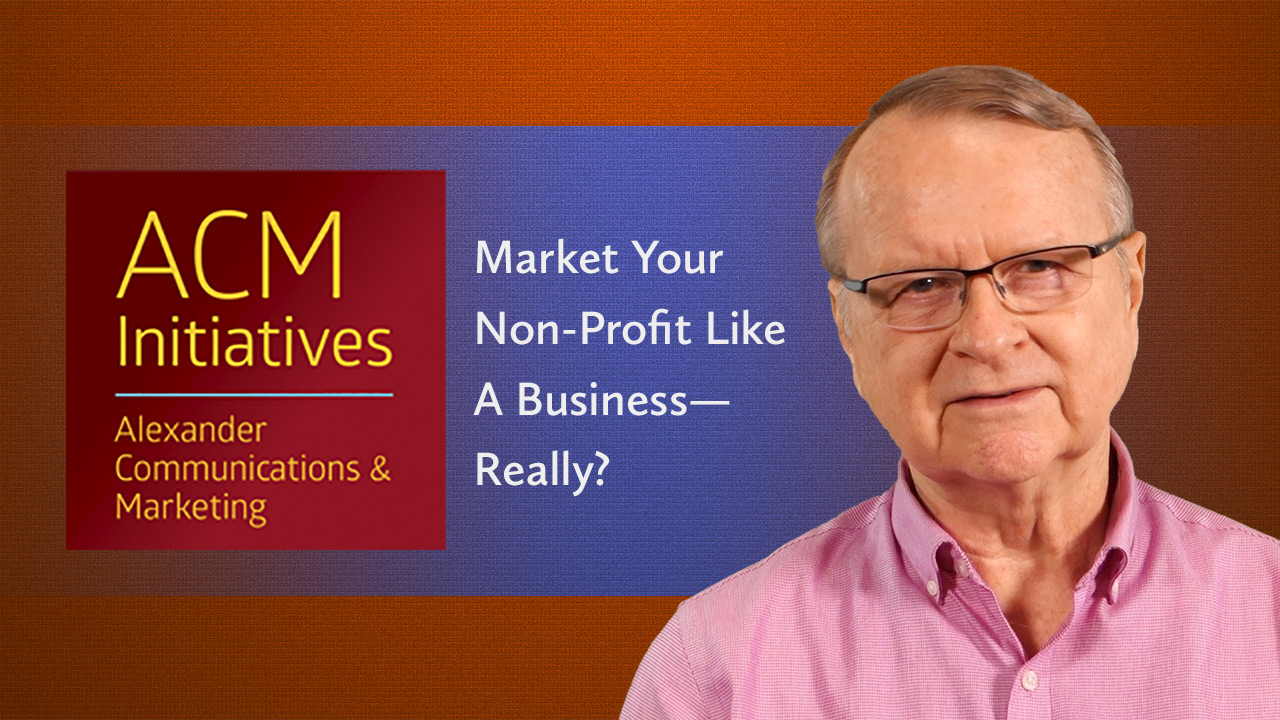Market Your Non-Profit Like a Business? Really?
It may seem counter-intuititve, but best-practices marketing for a non-profit and a for-profit business are usually much more alike than they are different.
Until you convince a prospective donor that you are doing good work in an area of great interest to them, you won’t get the donation.
The language and terminology are different, of course. Let’s break it down to reveal the similarities:
Your “product” is the story of lives you’ve transformed.
You are offering that “product” to a prospective “buyer” (donor).
The “price” (donation amount) that someone will pay is the value of your story to that donor. How good does it make them feel to support your cause?
If that “product” (story) resonates and is compelling enough, the “buyer” (donor) will part with his/her money to “buy” (donate to) that “product.”
There’s nothing cold-hearted, here. It’s just to set context, as you consider how you formulate your development (fundraising) strategy.
Focusing your outbound message on your need has limited chance for success, much like the company that focuses on lowest price. Both are non-differentiating, and will attract few loyal donors or buyers. The non-profit may attract a few “sympathy” donations, but you’ll earn loyalty in your donors if you regularly articulate your successes serving your constituents in a sustained manner.
And, then, there’s the concept of “content marketing,” as contrasted with old-school, interruptive marketing. Just like TV commercials and banner ads are largely ignored these days, so too will be your end-of-year push for donations, if you don’t stay in touch year ’round.
Good content marketing strategy communicates with prospects and loyal customers year-round, about topical concepts and insights valuable to readers/viewers/listeners. Then, when the person has a need or want for a product from that company, they’re already aware, feeling good, and trusting the company.
In the same way, when you regularly share your success stories through your Web site, YouTube videos, blog posts, Facebook, and Twitter, you are building interest, trust, loyalty, and engagement. After you’ve proven yourself worthy of their attention, and you eventually ask for a donation, your prospects are well-versed in your good story, and much more receptive to your ask.
Just like in business, don’t be in a hurry to ask for the sale in your non-profit. First, earn your way into the hearts of your prospective donors through great and sustained story telling. If you’ve really done your work, the “ask” may come from them, as in “how may I help?”



